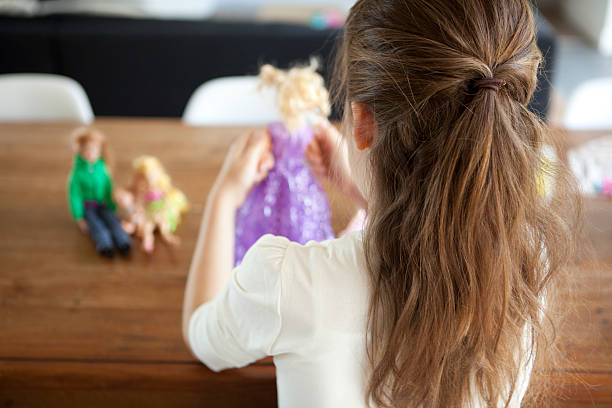
Dolls have long played a role in shaping children's perceptions of beauty and self-worth, especially for young girls. Studies show that unrealistic body proportions in dolls, such as Barbie’s thinness, contribute to body shaming among young girls (Zhai, 2023). Disney’s princess dolls, including early versions of characters like Ariel and Cinderella, historically abided to these narrow beauty standards.
Moana’s doll, however, presents a more realistic physique, aligning with her on-screen representation. She has broader shoulders, stronger limbs, and a face that more accurately reflects Polynesian features (Overthinking It, 2016). This shift in doll design sends a powerful message - beauty is everywhere, and strength is an admirable trait for young girls to have. The move away from traditional princess dolls marks a significant moment in media's influence, as it provides children with toys that promote more normal body images and self-acceptance (Driscoll, 2017).
Beyond body image, the representation of Moana as a doll reinforces the idea that dolls can be more than passive beauty symbols. Moana’s character is defined by her adventures, determination, intelligence, and bravery, qualities that are reflected in her doll’s design. Unlike older Disney dolls that emphasized delicate features and decorative dresses, Moana’s doll is outfitted for adventure, further challenging traditional gender roles in children’s toys (Zhai, 2023).

Figure 9. https://www.vye.agency/blog/what-is-branding